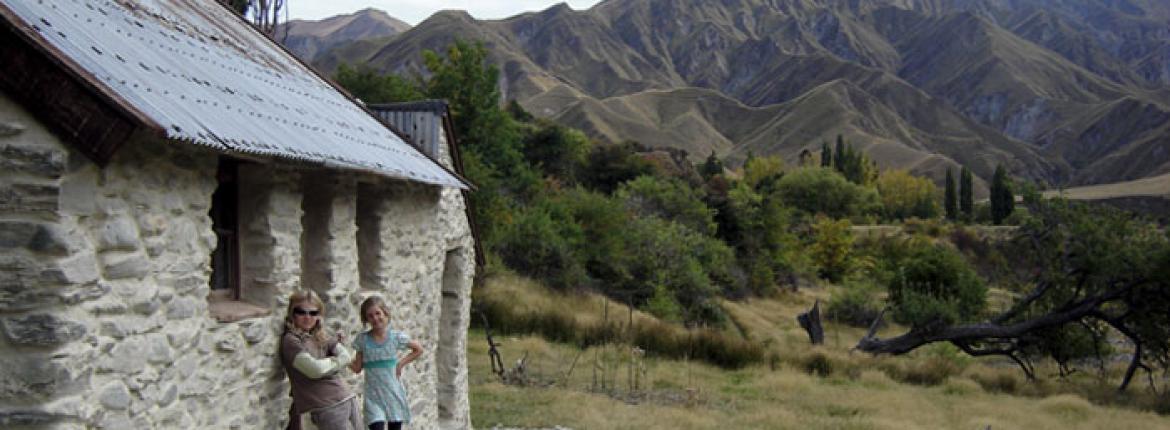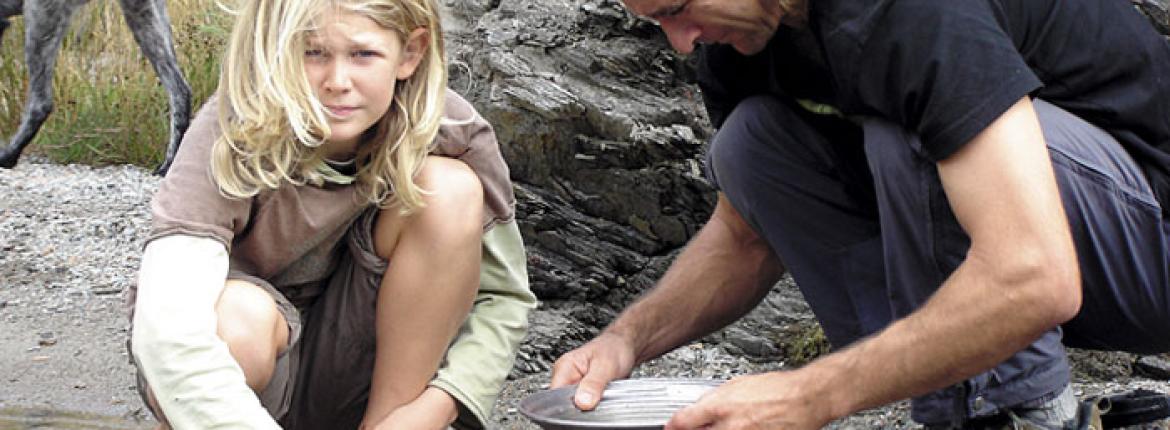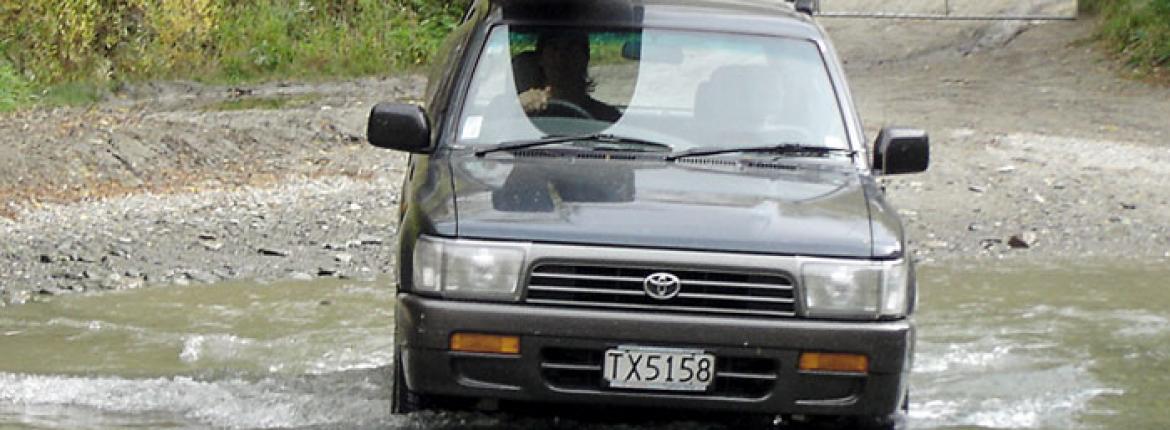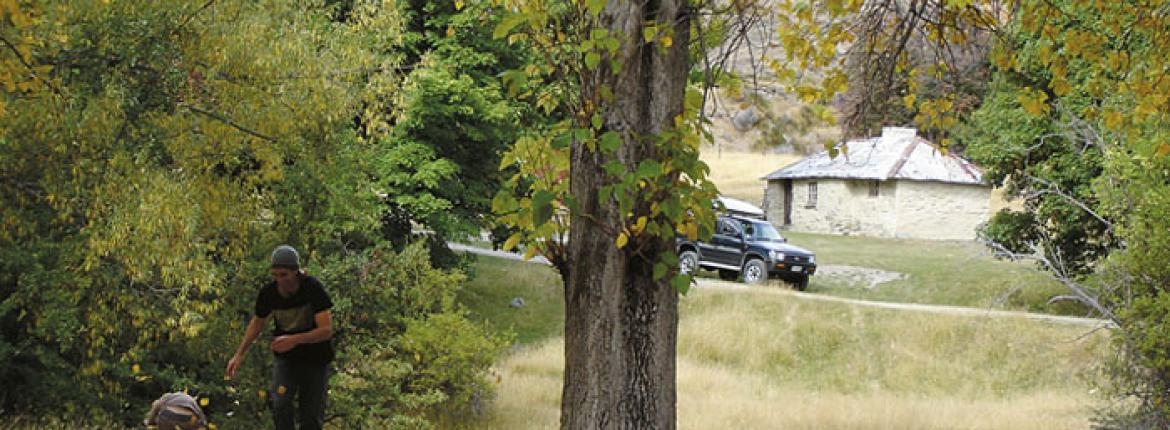I’m too busy shrieking, as water funnels over the bonnet, to count the number of river crossings between Arrowtown and the abandoned gold mining town of Macetown. But I’d read 25, which seems about right.
We’re in a friend’s 4WD and I can’t decide if he’s incredibly generous or immensely foolish to have lent us his wagon for the day.
Maybe he’s travelled the road so many times he’s become immune to the rugged nature of the track, but a collection of battered number plates near one of the fords cautions us to take care. A sculptural warning that not all vehicles make it.
Water ploughing soon gives way to mountain climbing. As we climb steeply uphill, I vacillate between wishing I was the driver (no chance of witnessing the sheer vertical drop on our left) to being happy I’m not behind the wheel.
The road squeezes between sheer rock faces and thrusts around blind bends. A few corners have me closing my eyes, gripping tightly to the hand hold above me.
Murphy’s Law ensures we meet another vehicle on the hair-pinniest bend of the lot. I feel myself breathing in, hoping that might make a difference. It’s a young guy in a ute who’s relaxed enough to wave. We pass two mountain bikers stopped beside the river, mulling over the best place to cross.
There are snapshots of past lives everywhere, left behind like mine tailings – water races, sluice faces, tunnels, chimneys and a hut belonging to a miner known as Opium Bob.
The area was settled in the 1860s by gold prospectors. They would have wound their way up this track, optimistic and hopeful. At its peak, Macetown supported 1500 people, a school, bakery, store, hall, telegraph office and two hotels, with all supplies lugged in on foot or by mule.We’re hoping the miners left some nuggets behind and have come armed with gold pans and shovels of our own.

As we near Macetown, the children decide to run the last kilometre. The land is flatter here, more sandy than rocky, the old settlement built on a plateau. It feels open and friendly, like an English park surrounded by gouged mountains carpeted in tussock. We park and make a beeline for an old stone cottage. Nearby, a stoic apple tree is still producing fruit. As I bite into an apple, I marvel at the optimism of the miners who planted these trees.
These days, an air of melancholy lingers over Macetown. As my seven-year-old daughter puts it: “I feel sad thinking of all the people who lived here before”. It must have been a tough life – unpredictable, isolated and bitterly cold in winter.
We get glimpses of this life as we meander around the site. DOC recently restored some of the buildings and there are interpretation panels telling the story of Jack Glasson, a fictional character whose tale is based on real incidents and anecdotes.
Then it’s time to try our hand at panning. There are a lot of ‘p’ words associated with gold I decide, as I squat, swatting sandflies and swishing the pan – patience, persistence and perseverance.
All three are in short supply this particular day, so we depart none the richer, but exhilarated and eagerly anticipating the 25 river crossings that lie between us and home.
Reported by Sara Carbery for our AA Directions Winter 2012 issue







